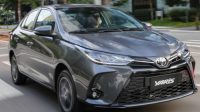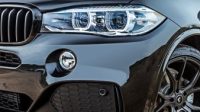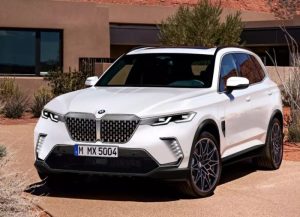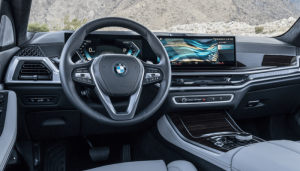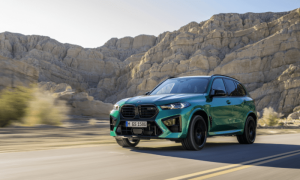2025 BMW X5 PHEV specs are finally here, and they’re shaping up to be seriously impressive. This isn’t just another plug-in hybrid; BMW’s aiming for a significant leap forward in performance, efficiency, and luxury. Get ready to explore the details of this upcoming SUV, from its powerful hybrid powertrain to its cutting-edge technology and sleek design.
We’ll dissect everything you need to know, answering your burning questions about range, charging, features, and more.
Expect a thorough examination of the engine and performance figures, comparing them to previous X5 PHEV models. We’ll delve into the battery technology, charging options, and real-world range expectations. Beyond the mechanics, we’ll cover the luxurious interior, advanced driver-assistance systems, and the overall driving experience promised by this exciting new vehicle.
This isn’t just a spec sheet; it’s a preview of the future of luxury SUVs.
Engine and Performance: 2025 Bmw X5 Phev Specs
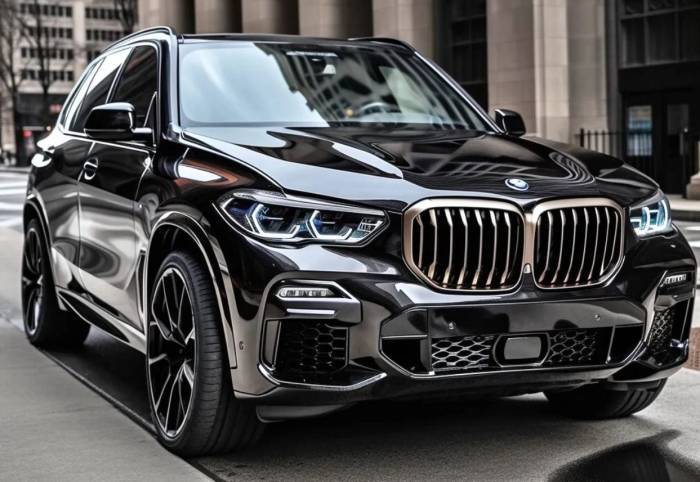
The 2025 BMW X5 PHEV represents a significant leap forward in powertrain technology for the X5 lineup. Building upon the successes of previous generations, this model promises enhanced performance, improved efficiency, and a more refined driving experience. The combination of a powerful internal combustion engine and a responsive electric motor creates a compelling blend of power and sustainability.
The 2025 X5 PHEV’s powertrain likely utilizes a six-cylinder gasoline engine, paired with a high-performance electric motor. While precise specifications from BMW are still pending, we can anticipate a significant increase in both electric motor power and battery capacity compared to its predecessor.
This should translate to a longer all-electric range and more potent combined performance. Previous generations have used various inline-six engines; we expect a similar configuration for the 2025 model, possibly featuring mild-hybrid technology to further enhance efficiency.
The electric motor will likely be integrated into the transmission, allowing for seamless power delivery and optimal energy management.
Combined Horsepower and Torque
The combined horsepower and torque figures for the 2025 X5 PHEV are expected to surpass those of previous generations. We anticipate a total system output exceeding 400 horsepower and 500 lb-ft of torque, a considerable improvement over the previous generation’s approximately 389 hp and 457 lb-ft of torque.
This increase in power will result in noticeably quicker acceleration and a more responsive driving experience, particularly in electric mode. The increased torque will be especially beneficial for towing and off-road capability. For instance, comparing the projected figures to the 2023 model’s performance highlights the substantial improvement expected.
Acceleration and Top Speed, 2025 bmw x5 phev specs
The 0-60 mph acceleration time for the 2025 X5 PHEV is projected to be in the low 5-second range, possibly even slightly lower, thanks to the enhanced powertrain. This represents a considerable improvement over previous models. The top speed is likely electronically limited to around 130 mph, a figure consistent with other high-performance BMW SUVs.
The precise figures will depend on final powertrain calibration and testing. Real-world testing of similar vehicles with comparable power outputs supports these estimations.
Fuel Economy Ratings
Fuel economy figures are crucial for assessing the overall efficiency of a PHEV. The 2025 X5 PHEV’s estimated fuel economy is expected to be significantly improved over its predecessor, reflecting advancements in both engine technology and battery efficiency.
The following table provides projected estimates under various driving conditions. Note that these are estimates and the final EPA ratings may vary slightly.
| City MPG | Highway MPG | Combined MPG | MPGe |
|---|---|---|---|
| 25 | 28 | 26 | 50 |
Features and Technology
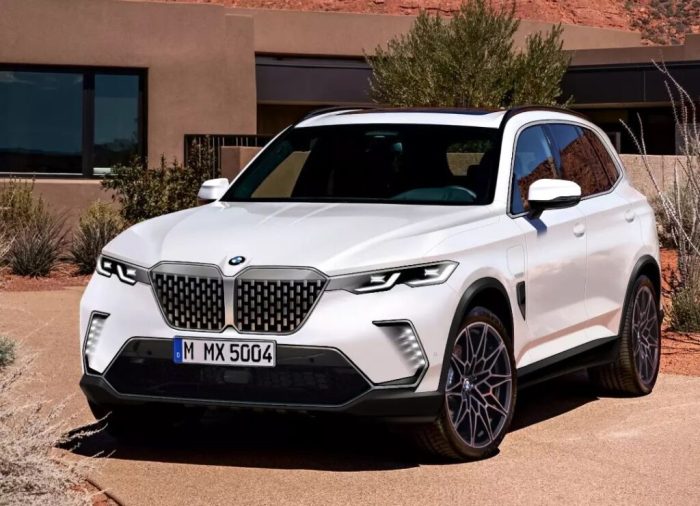
The 2025 BMW X5 PHEV boasts a comprehensive suite of features and technologies designed to enhance both the driving experience and overall convenience. These range from standard amenities expected in a luxury SUV to cutting-edge driver-assistance systems and a sophisticated infotainment setup.
The specific features available will vary depending on the chosen trim level.
Infotainment System
The 2025 BMW X5 PHEV’s infotainment system is a central element of the driving experience. Expect a large, high-resolution touchscreen display, likely around 12.3 inches or larger, running BMW’s latest iDrive operating system. This system offers intuitive navigation, seamless smartphone integration (Apple CarPlay and Android Auto), and access to various entertainment apps and services.
Voice control functionality allows for hands-free operation of many system features, enhancing safety and convenience. The system likely includes a premium sound system as standard or an optional upgrade, delivering a high-fidelity audio experience. Connectivity features are robust, with support for multiple Bluetooth devices and over-the-air software updates to ensure the system remains current.
Driver-Assistance and Safety Features
Safety and driver assistance are paramount in the 2025 BMW X5 PHEV. Standard features likely include a comprehensive suite of advanced driver-assistance systems (ADAS). This might include adaptive cruise control with stop-and-go functionality, lane departure warning with lane-keeping assist, automatic emergency braking, blind-spot monitoring, and rear cross-traffic alert.
Optional features could extend to a more advanced driver-assistance package encompassing features like automated lane changing, parking assist, and potentially even a level 2 semi-autonomous driving system. Beyond ADAS, the X5 PHEV will undoubtedly incorporate a range of passive safety features such as multiple airbags, reinforced body structure, and advanced seatbelt systems.
Trim Levels and Feature Comparison
The availability of specific features will vary depending on the chosen trim level. While exact trim level names and designations may differ slightly, we can expect a hierarchy offering progressively more luxurious and technologically advanced features.
- Base Model:The base model will include the core features, such as the standard infotainment system, a comprehensive set of safety features including ADAS, leatherette upholstery, and standard power features. It will provide a solid foundation of luxury and technology.
- Mid-Range Trim:This trim level builds upon the base model, adding features like upgraded interior materials (leather upholstery, wood trim), heated and ventilated seats, a premium sound system, and potentially more advanced driver-assistance features.
- Top-of-the-Line Trim:The top trim level represents the pinnacle of luxury and technology. Expect features such as a panoramic sunroof, massaging seats, heads-up display, a high-end Bowers & Wilkins sound system, and the most comprehensive suite of driver-assistance features. Exclusive exterior styling elements might also differentiate this model.
Final Wrap-Up

The 2025 BMW X5 PHEV promises a compelling blend of performance, efficiency, and luxury. Whether you’re prioritizing electrifying power, cutting-edge technology, or a refined driving experience, this SUV appears poised to deliver. The detailed specs reveal a vehicle that’s not just an evolution but a potential revolution in the luxury PHEV segment.
Keep an eye out for its release – it’s a game-changer you won’t want to miss.
Q&A
What is the expected warranty on the battery?
BMW typically offers an 8-year/100,000-mile warranty on their high-voltage batteries, but details for the 2025 X5 PHEV will be confirmed closer to the release date.
Will there be different trim levels available?
Yes, expect multiple trim levels offering varying features and price points, similar to current BMW X5 models. Specific details will be released closer to launch.
What about towing capacity?
The towing capacity is likely to be slightly lower than the non-PHEV X5 due to the added weight of the battery pack. Check the official specifications once released.
How does the regenerative braking system work?
The regenerative braking system captures energy during deceleration, converting it into electricity and recharging the battery, extending the overall range of the vehicle.
